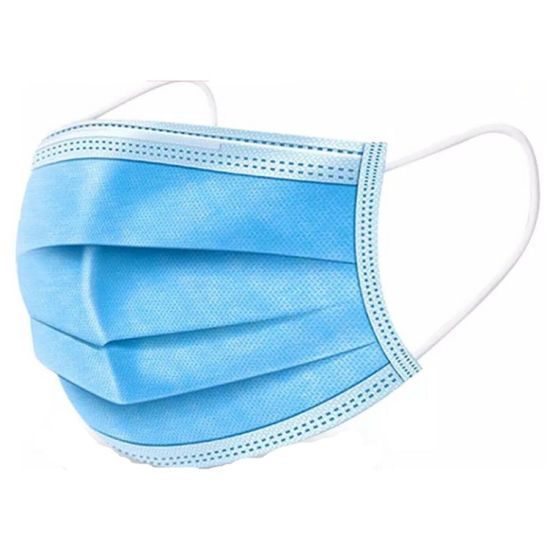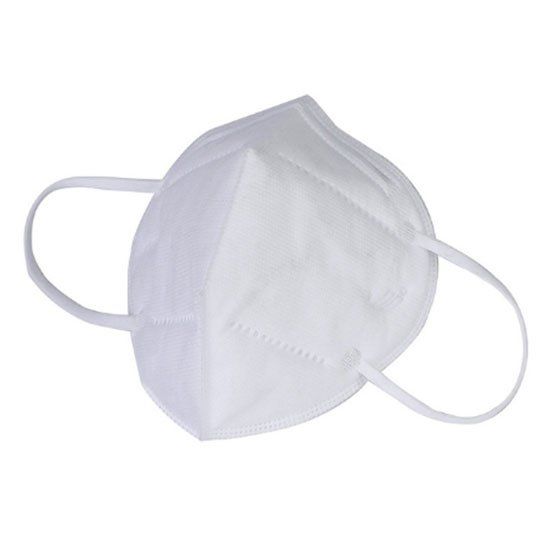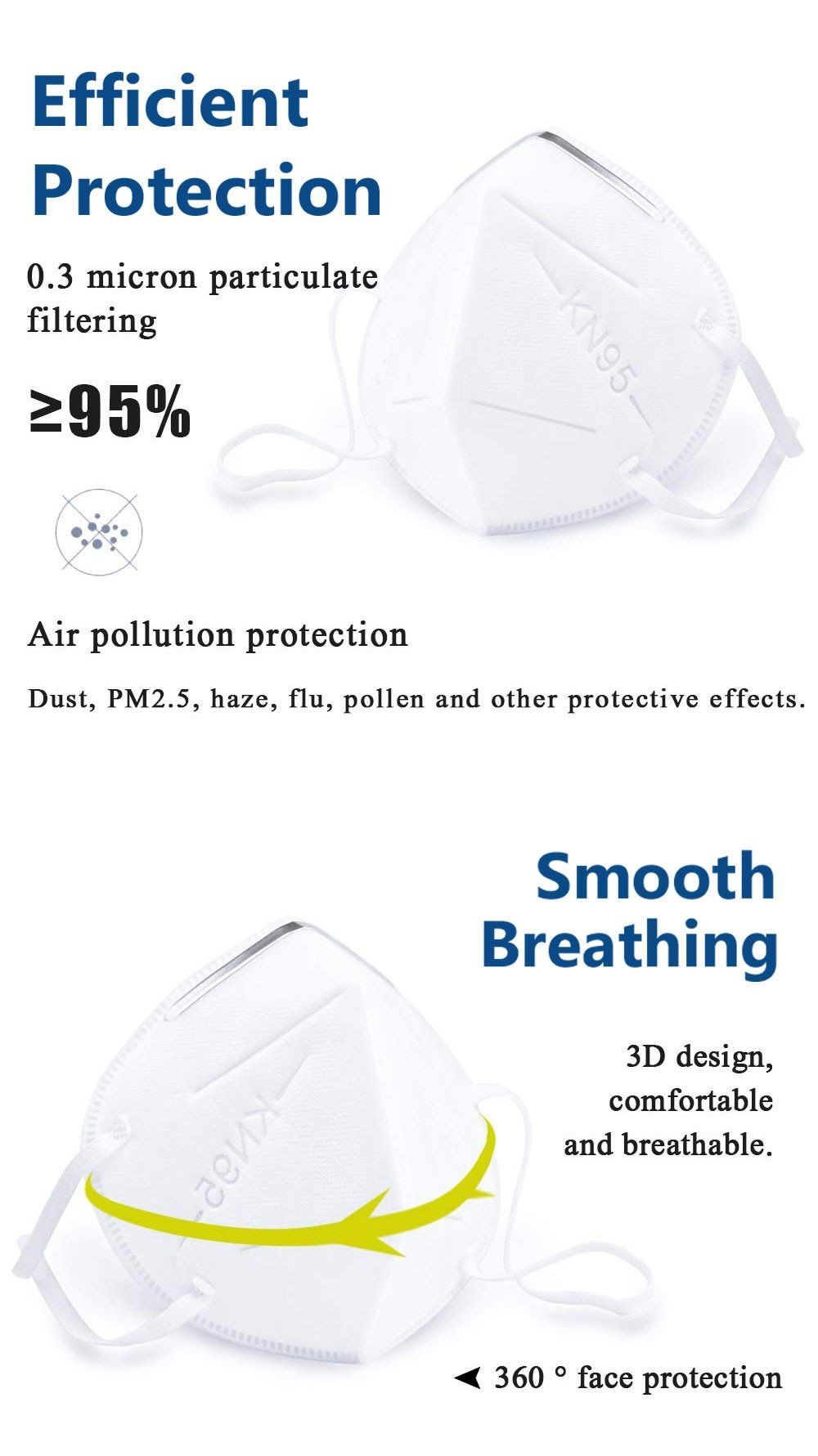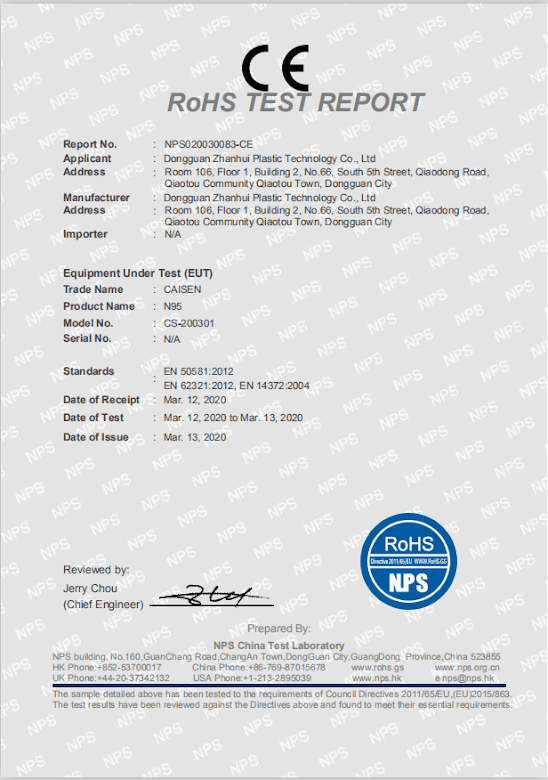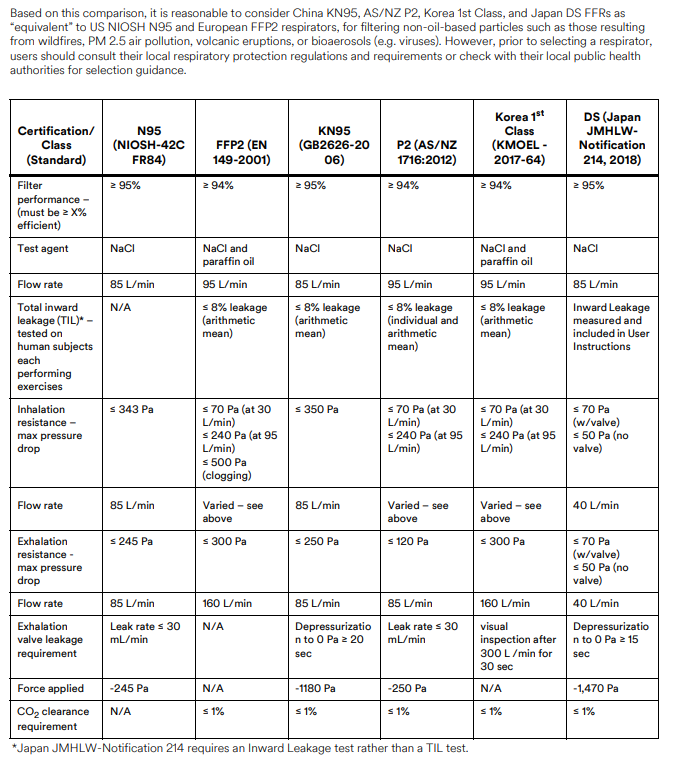Coronavirus Disease Situation Report COVID-19 (103) in the U.S.A. Updated 05/01/20
| Total Confirmed Cases | New Since Yesterday | Total Deaths | Total New Deaths | Transmission Classification | Days Since Last Reported Case |
|---|---|---|---|---|---|
| 1067127 | 31774 | 57406 | 2069 | Community Transmission | 0 |
Coronavirus Disease Situation Report COVID-19 in Seward County as Reported by the Seward County Health Department
| Date | Total Confirmed Cases | Results Pending | Transmission Classification | Days Since Last Reported Case |
|---|---|---|---|---|
| 04/06/20 | 1 | 2 | Clusters | 0 |
| 04/07/20 | 1 | 1 | Clusters | 0 |
| 04/08/20 | 3 | 9 | Clusters | 0 |
| 04/09/20 | 3 | 17 | Clusters | 0 |
| 04/10/20 | 4 | 20 | Clusters | 0 |
| 04/11/20 | 5 | 15 | Clusters | 0 |
| 04/12/20 | 5 | 19 | Clusters | 0 |
| 04/13/20 | 6 | 23 | Clusters | 0 |
| 04/14/20 | 6 | 26 | Clusters | 0 |
| 04/15/20 | 13 | 34 | Clusters | 0 |
| 04/16/20 | 22 | 37 | Clusters | 0 |
| 04/17/20 | 33 | 59 | Clusters | 0 |
| 04/18/20 | 45 | 81 | Clusters | 0 |
| 04/19/20 | 77 | 66 | Clusters | 0 |
| 04/20/20 | 96 | 82 | Clusters | 0 |
| 04/21/20 | 142 | 78 | Clusters | 0 |
| 04/22/20 | 195 | 87 | Clusters | 0 |
| 04/23/20 | 249 | 103 | Clusters | 0 |
| 04/24/20 | 291 | 154 | Clusters | 0 |
| 04/25/20 | 314 | 136 | Clusters | 0 |
| 04/27/20 | 393 | 139 | Clusters | 0 |
| 04/28/20 | 444 | 204 | Clusters | 0 |
| 04/29/20 | 472 | 177 | Clusters | 0 |
| 04/30/20 | 527 | 205 | Clusters | 0 |
| 05/01/20 | 528 | 172 | Clusters | 0 |
Seward County Special Meeting Update
COVID19 Outbreak Update for Seward County, Kansas
The Center for Disease Control (CDC) Now Recommends That You Wear a Mask in Public Places.
With So Many Options, How Do I Know Which Mask to Use?
First off, wearing a mask of any kind to shield yourself from viruses in the past, has proven effective at limiting the odds of contracting and spreading viruses and other airborne illnesses as well as pollution, dust and other common allergens.
With that said, not all masks are created equal. We'll help clarify some of those questions or concerns you have about various different masks and compare one of the most common 3-ply surgical masks with an N95 (and equivalent) respirator mask.
3-Ply Surgical Masks
Flat, rectangular surgical face masks are made of thin, paper-like material. The masks fit loosely around your nose, mouth and chin. Surgical masks are disposable and not designed to be used more than once.
If properly worn, surgical masks block large-particle droplets, splashes, sprays or splatters that may contain germs like viruses and prevent them from reaching your mouth and nose, according to the FDA. In addition, surgical masks may reduce exposure to saliva and respiratory secretions.
Because surgical masks fit loosely rather than having a tight seal, they don't provide an absolute barrier or complete protection against tiny particles in the air that may be released by coughs or sneezes.
N95 Respirator
Respirators are made from cloth-like filter materials that protect wearers from inhaling infectious organisms. Firmer and more substantial than a surgical mask, the rounded respirator is shaped like a small bowl. Its edges form a seal around your nose, and mouth and the filtering action removes tiny particles from the air when you breathe in.
Respirators come in several sizes and models. For an N95 respirator to be fully effective, it must be properly fitted to the individual user and are most effective with no facial hair.
Respirators can make it more difficult for the wearer to breathe, so people with chronic respiratory, cardiac or other medical conditions should check with their health care providers before using one, the FDA cautions. To help with this, a respirator with a cold-breath valve works well.
Not All Masks Are Created Equal
So a Surgical Mask Is Good Enough, Right?
Surgical masks are typically composed of three layers: 1) A Non-Woven Outer Layer that breathes; 2) a Filtration Paper or Liner that blocks dust particles such as smoke, pollen and other small debris; and 3) a Non-Women Inner Layer that is hypo-allergenic and skin-friendly. These masks filter air in your atmosphere by catching larger particles through the various filters providing the wearer with a cleaner breath intake. Unfortunately, surgical 3-ply masks are only 78% effective assuming the mask is worn properly.
Respirators or N95 Masks are composed of a mat of synthetic fibers in arranged in various layers that offer the same filtration process as the 3-ply mask described, but because of the inner-layer of meltblown fabric and other micron filters are capable of removing up to 99% of particles providing the cleanest air experience to the wearer. For this reason, a mask rating of N95 or N99 is suggested to minimize your chance of contracting or spreading airborne contaminants.
Since Viruses Are Smaller Than 2.5 Microns, They Will Pass Right Through the Filter Won't They?
The reality is surprising. It’s surprising because our intuition about filters is wrong. If you're like most people, your intuition tells you that HEPA filters (which are composed similarly to N95 Respirators) work like a net. Particles smaller than the holes in the net will simply pass through. #CommonSense, Right? Wrong!
It turns out that particles as small as the coronavirus and other nano-particles are captured by way of a scientific phenomenon known as diffusion. Diffusion is used to describe the way a gaseous, liquid or granular substance fills a container. The way air diffuses from our mouths when wearing an N95 respirator projects forward and then circles back around on either side of your cheeks. This movement of air is not perpendicular to the "net" and, therefore, allows particles up to 30 times smaller than the Coronavirus to be captured in the respirator's fabric. In fact, diffusion is so surprisingly effective at capturing tiny virus-sized particles, according to NASA, HEPA filters capture “virtually 100% of particulates” including the Coronavirus measuring 0.1 micron in diameter.
So Which Mask Should I Use?
The mask type you opt for is completely up to you and your need. If you want basic filtration of most dust particles outdoors, a homemade mask made with homemade materials will work for you. For better filtration, a surgical mask will suit you just fine and filters out over 20% of micron particles measuring 2.5 microns (PM 2.5). For the ultimate protection against viruses and other airborne allergens, go with the N95 Respirator which are capable of removing nearly all harmful substances in the air when worn properly. For those who wear glasses, plan to wear masks for a prolonged period or have trouble breathing without a mask, the FDA recommends an N95 Respirator with a cold-breathe valve to improve airflow.
The Mask Hut
Disclaimer: Bad Guy Notice
The things we must say to avoid tedious trips to the courthouse.
All statements made here are not necessarily evaluated by the FDA or any other medically-sanctioned subsidiary nor is any information presented, herein, intended to served as a substitute for professional medical advice but is rather from real life experiences which are way better anyway. All information is for informational purposes only and no claims are made for or against anything presented, herein. Do note though that the information contained herein has already been dutifully researched and presented as accurately as possible to help you make the best decisions when using a mask to protect yourself from harmful viruses, bacteria and other airborne pollens and particles.
